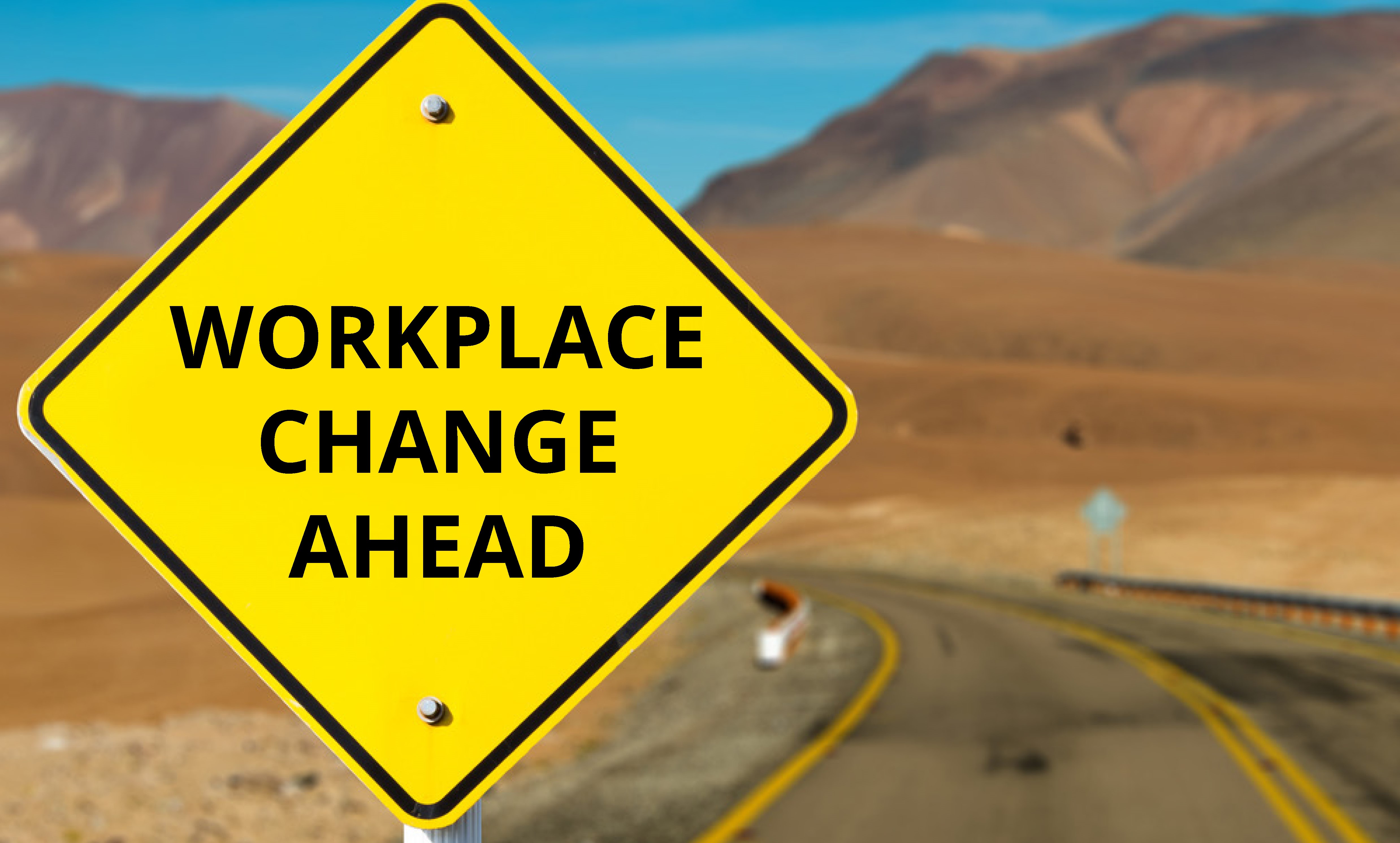 blog
blog
Workplace change – the dangers of not embracing how people adapt
22 July 2018, by
Changing the workplace can deliver significant benefits for an organisation and its people, but it takes awareness, conscious effort and commitment to help people work in new ways. Get it wrong and people will be unhappy and will counter the change with adaptive behaviours to gain back control.
When organisations’ change their work environments, people move from a comfortable predicable environment to one with new ‘risks’ and uncertainties. This disruption can result in lower happiness levels and research from BI Worldwide indicates that a lower level of happiness relates to a reduction in people feeling obliged to work hard – something no leader wants.
Change also means teams and individuals will evolve and adapt their behaviour. This response is partly instinctive as we seek to control the ‘risks’ we might be exposed to, but in the office environment this is also about setting ourselves up to effectively and efficiently deliver our work.
The key is making sure your implementation and change management plans identify adaptive behavior, and work with it to deliver a happy, productive team.
People are happier when they are in control of their environment. “Giving people even the smallest amount of control over their space at work increases their comfort and reduces their stress levels, allowing them to focus on the task at hand”, says Dr. Michael O'Neill, Director of Research at Haworth office furniture manufacturer.
How people react to change
When organisations fail to respond to workers adaptive behaviour, then as well as a reduction in happiness and commitment to work, they will see a reduction in productivity as workers invest their time and energy trying to get back that feeling of safety and comfort.
Often the skills and behaviours people display during this adaptive phase are those organisations seek, but unfortunately, they are misdirected. This can include:
Collaboration – So often an objective for new workplace strategies, but this is not the collaboration as intended. People will spend hours discussing the impacts of the new workplace, both real and imagined.
Innovation – Another objective for many organisations is to drive innovation. Get your workplace strategy wrong and far too much energy will be invested by staff in trying to develop innovative ways of changing what is now the norm back to what they had before.
Design Thinking – Not satisfied with their work environment and experience, people will try to work out how to fix the problem. Alongside the innovative thinking people will iteratively develop solutions, working through prototypes, assessing feedback and fine-tuning until they have a viable solution.
These are all good skills. It’s just a shame that they are not being focused on delivering the organisations goals.
The takeaway
Before you think about changing your workplace, make sure you’ve taken the time to really understand how your teams work most efficiently and what they need to be happy and productive.
Understand that there will be a period where people will be feeling ‘unsafe’ and ‘unsecure’, but an openly and effectively planned workplace change management approach can ensure their energies are directed where you need them most.
